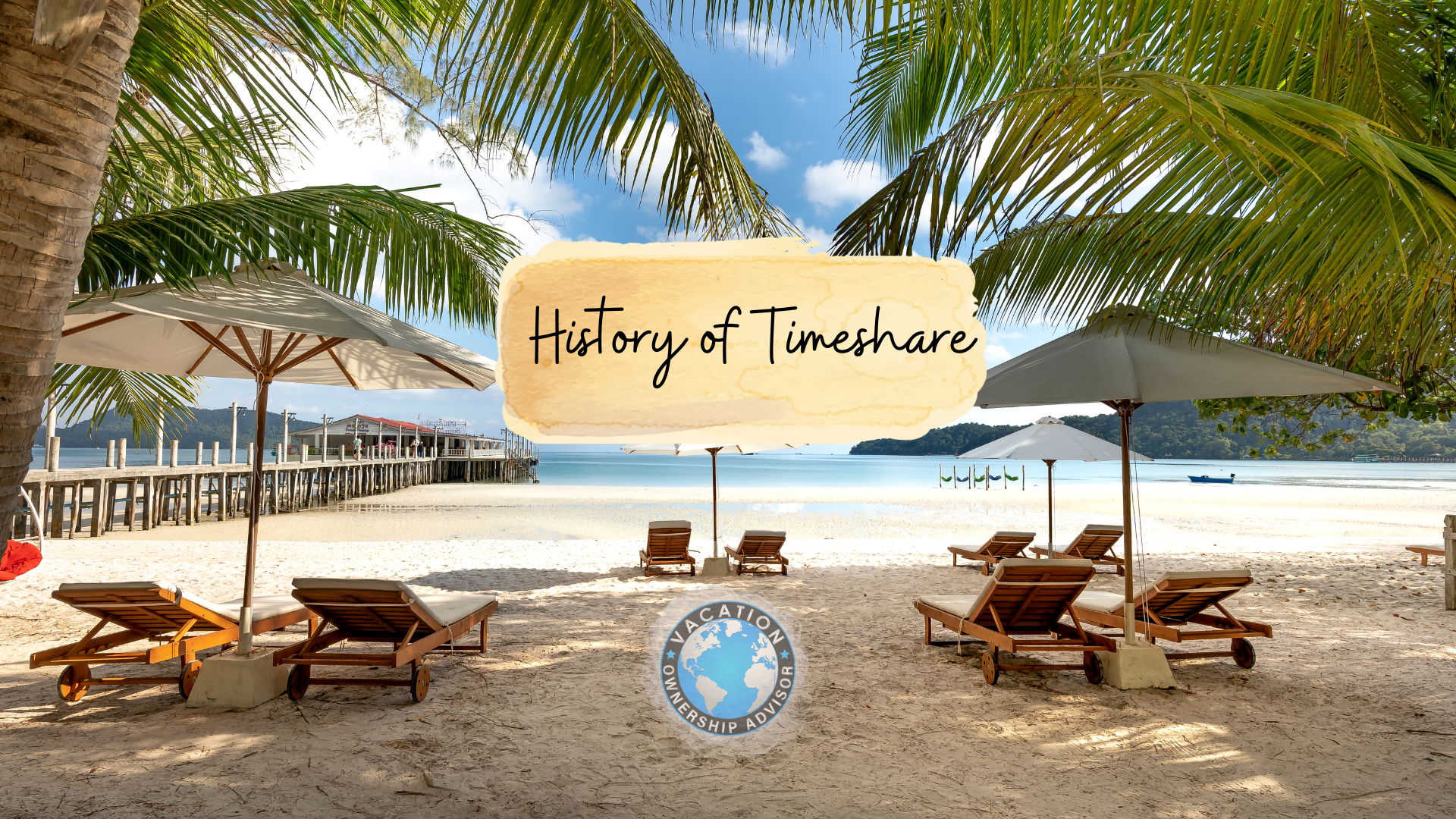The concept of timesharing dates back to the early 20th century when Europeans began purchasing vacation homes in the Alps and sharing the property among multiple families. However, the modern timeshare industry as we know it today started in the United States in the 1960s.
The first timeshare resort in the U.S. was established in 1965 in Kauai, Hawaii. The resort was called the Kauai Kailani, allowing buyers to purchase a week-long vacation at the property each year. The idea caught on quickly, and soon other developers began building timeshare resorts in Hawaii and other popular vacation destinations.
By the 1970s, the timeshare industry had expanded beyond Hawaii and had become a popular way for families to enjoy a vacation without owning a home outright. The industry continued to grow throughout the 1980s and 1990s, with developers building more extensive and luxurious timeshare resorts and offering a more comprehensive range of ownership options.
In the early 2000s, the timeshare industry faced challenges, including oversupply and concerns about aggressive sales tactics. However, the industry has continued to evolve and adapt, with developers focusing on offering more flexible ownership options, expanding into new markets, and embracing new technologies to make the purchasing and ownership experience more convenient and user-friendly. Today, the timeshare industry is valued in the multi-billion dollar range, with millions of owners worldwide.


